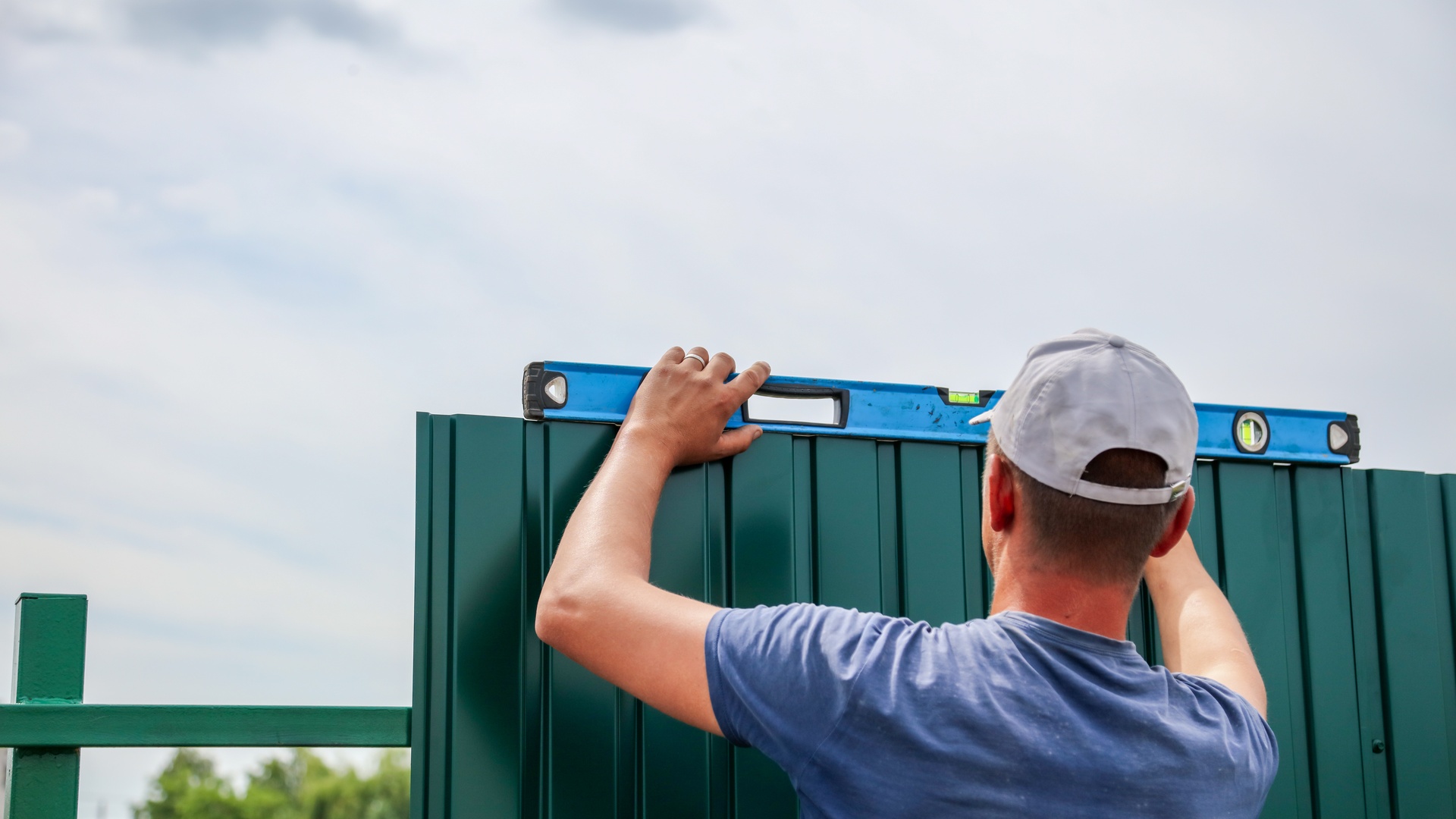Tips for installing a fence around a large property

Discover five essential tips for installing a fence on a large property. Learn how to plan, protect, and create a secure and visually appealing boundary.
Installing a fence around a large property can feel like a big project, but with the right approach, it's a manageable task that offers long-term benefits. Whether you’re keeping livestock secure, marking your property boundaries, or simply upping the privacy game, this guide will walk you through actionable tips for installing a fence around a large property that will help you complete the job efficiently and effectively.
Assess your property’s boundaries and terrain
Start by mapping out your property to pinpoint the exact boundaries where the fence will go. Check your property deed or hire a surveyor if you’re unsure—you don’t want to install a fence and later find out it's in the wrong spot. Walk the planned fence line and evaluate the terrain. Take note of slopes, uneven areas, and obstacles like rocks or trees that might complicate the process. Planning at this stage saves both time and potential headaches during installation.
Prepare the ground and mark fence posts
Before you start digging, clear the fence line of any vegetation, rocks, or debris that could interfere with installation. Once the area is clear, mark the locations for your fence posts. Use stakes and string to lay out a straight line. Marking posts evenly is critical because uneven spacing can make your fence look unaligned and messy. If your large property has varying terrain, factor in adjustments to accommodate inclines or declines so that you don’t run into structural issues later.
Install fence posts securely
Fence posts are the backbone of your fence, so it’s crucial to set them firmly into the ground. Begin by drilling post holes using a skid steer auger, which makes digging faster and more precise, especially on large properties. Dig deep enough to anchor the posts strongly—approximately a third of the post's length should be buried in the ground. Once you position the posts in their holes, pack the surrounding areas with cement or compact soil to keep them stable. Skipping this part or rushing it could lead to a wobbly fence later.
Attach fencing material to posts
With your posts in place, you can begin to attach the fencing material. Make sure you align your fencing properly so that it stays taut and doesn’t sag along the property. Depending on your choice of fencing material—whether it’s wood, chain link, or vinyl—use the suggested fasteners for durability. Double-check the tension as you go and secure the fencing tight to the posts to maintain a clean, professional look across your property.
Add gates and finishing touches
No fence is complete without a gate. Install gates in convenient locations based on how you’ll access or exit your property. Use sturdy hinges and latches to keep the gate functioning smoothly over time. Afterward, walk around the perimeter and inspect the fence for gaps, loose screws, or sharp edges that need adjustment. Consider staining or painting your wood fence for protection or adding decorative caps to give it a polished finish.
By following these five tips for installing a fence around a large property, you’ll complete a project that’s both functional and visually appealing. Whether you’re handling this as a DIY task or hiring professional help, careful planning and attention to detail will be crucial to your endeavor. Start your fencing project today and take the first step toward securing your property with confidence.






